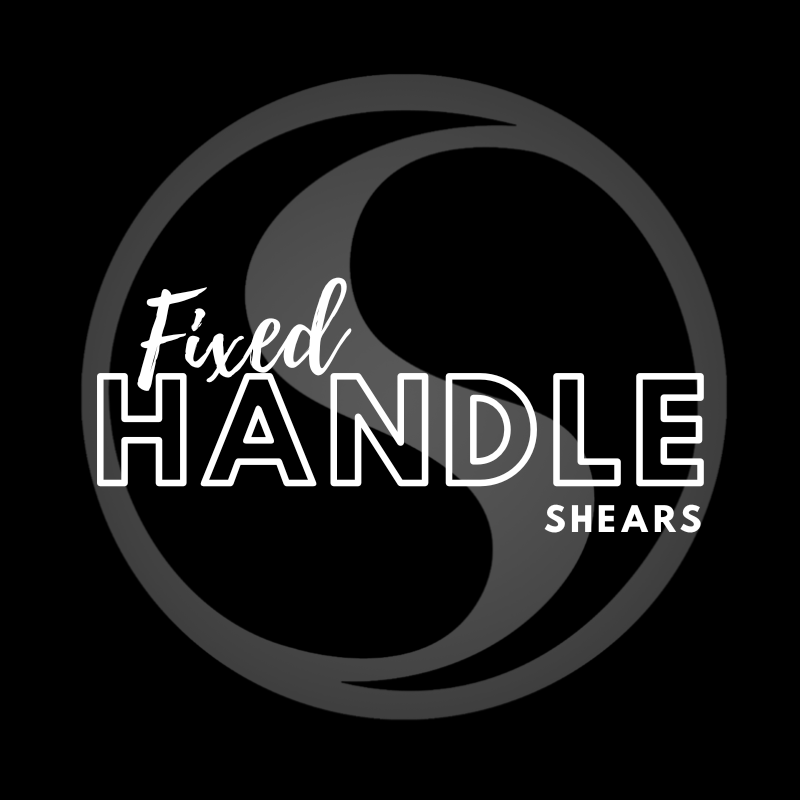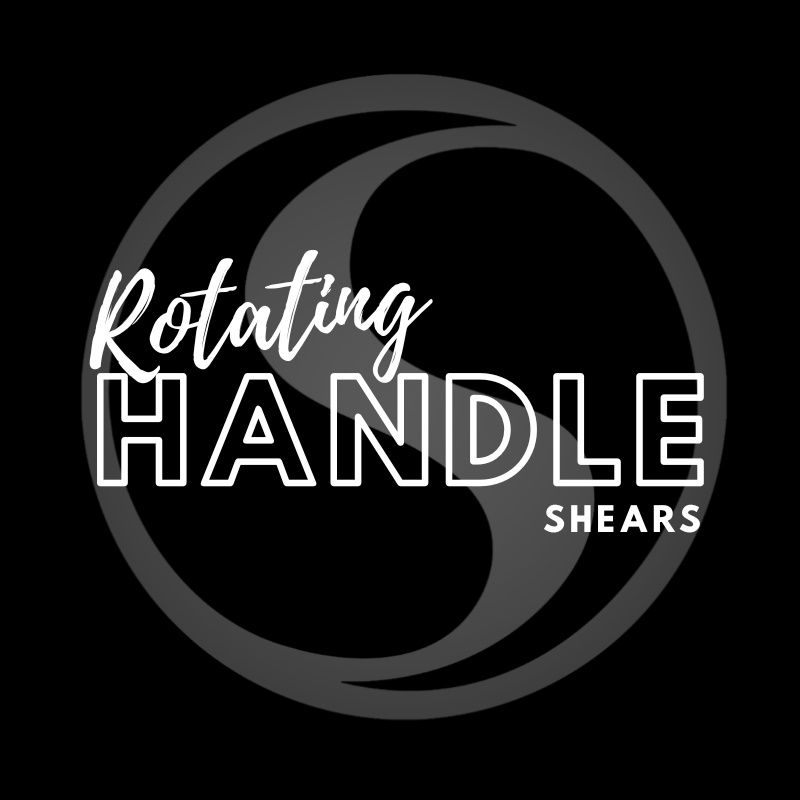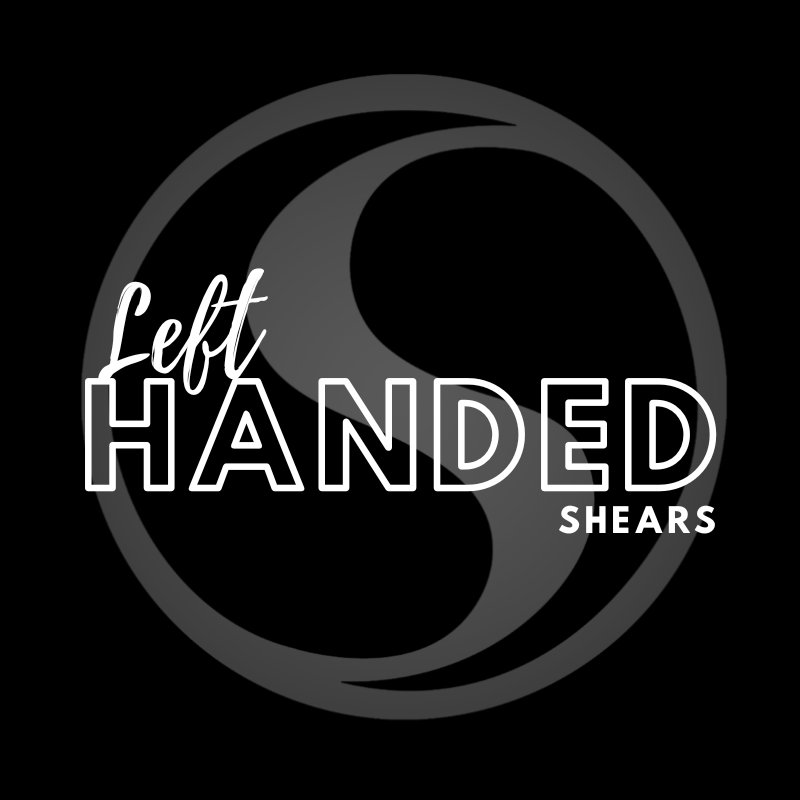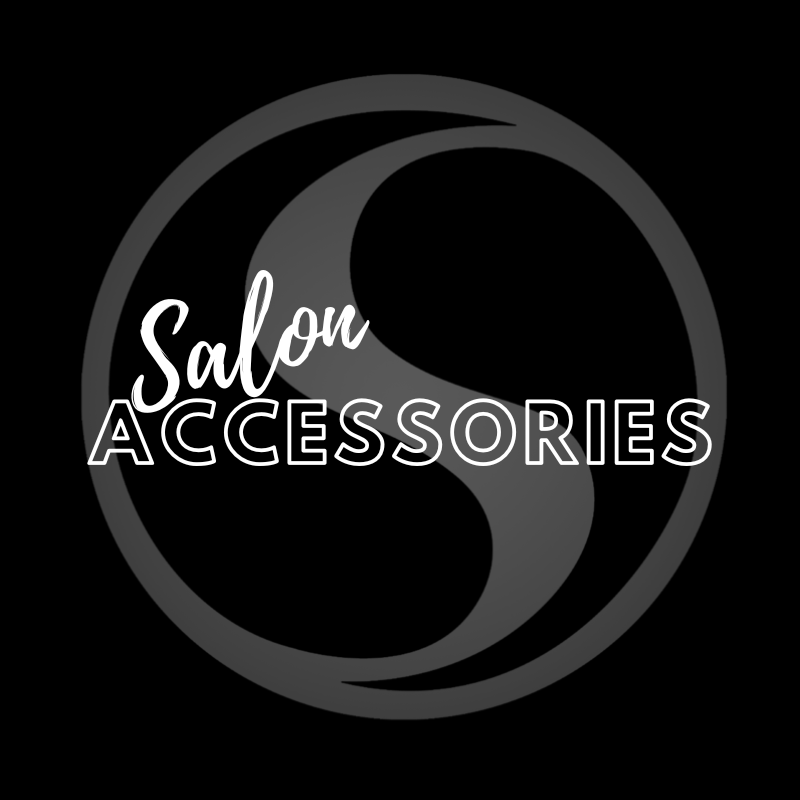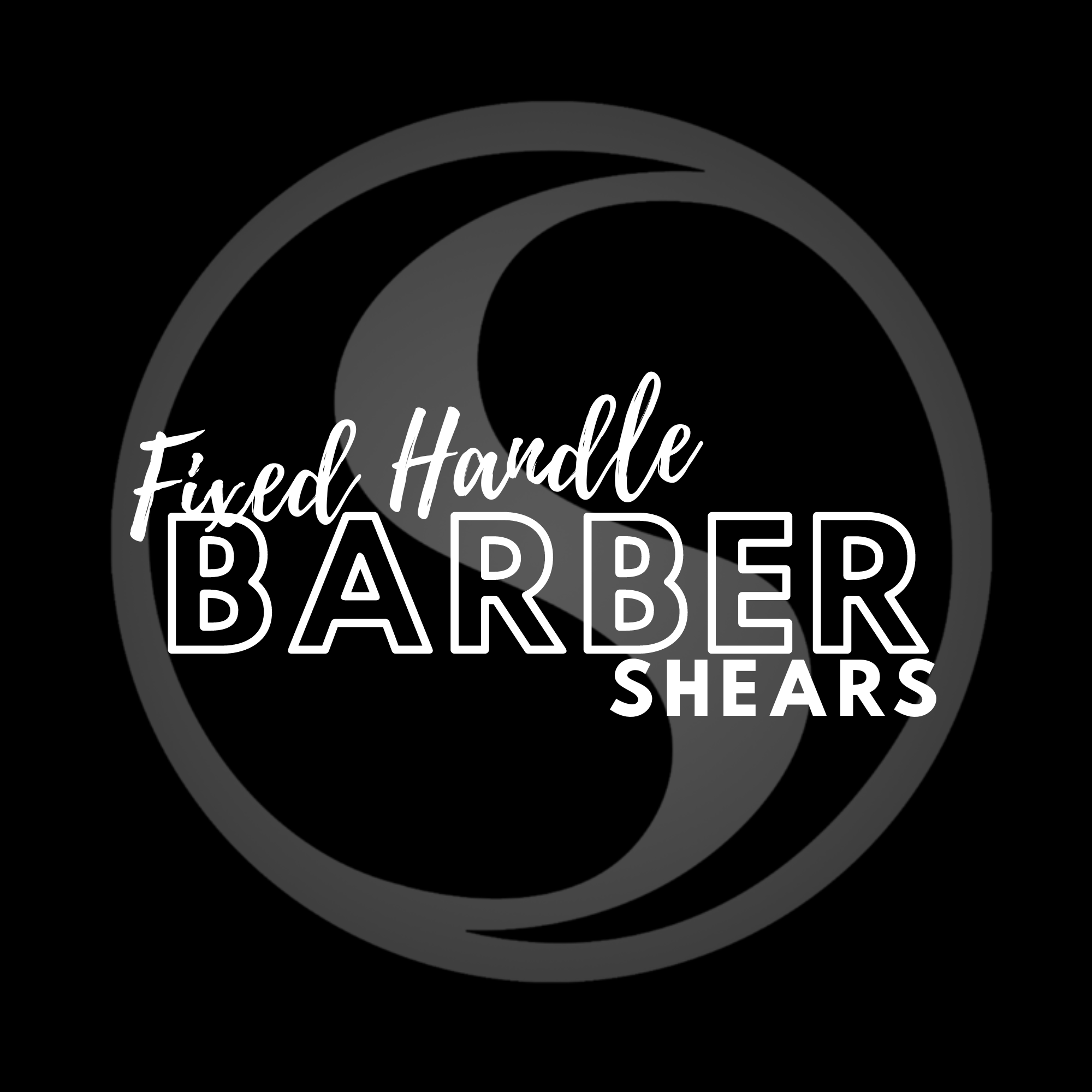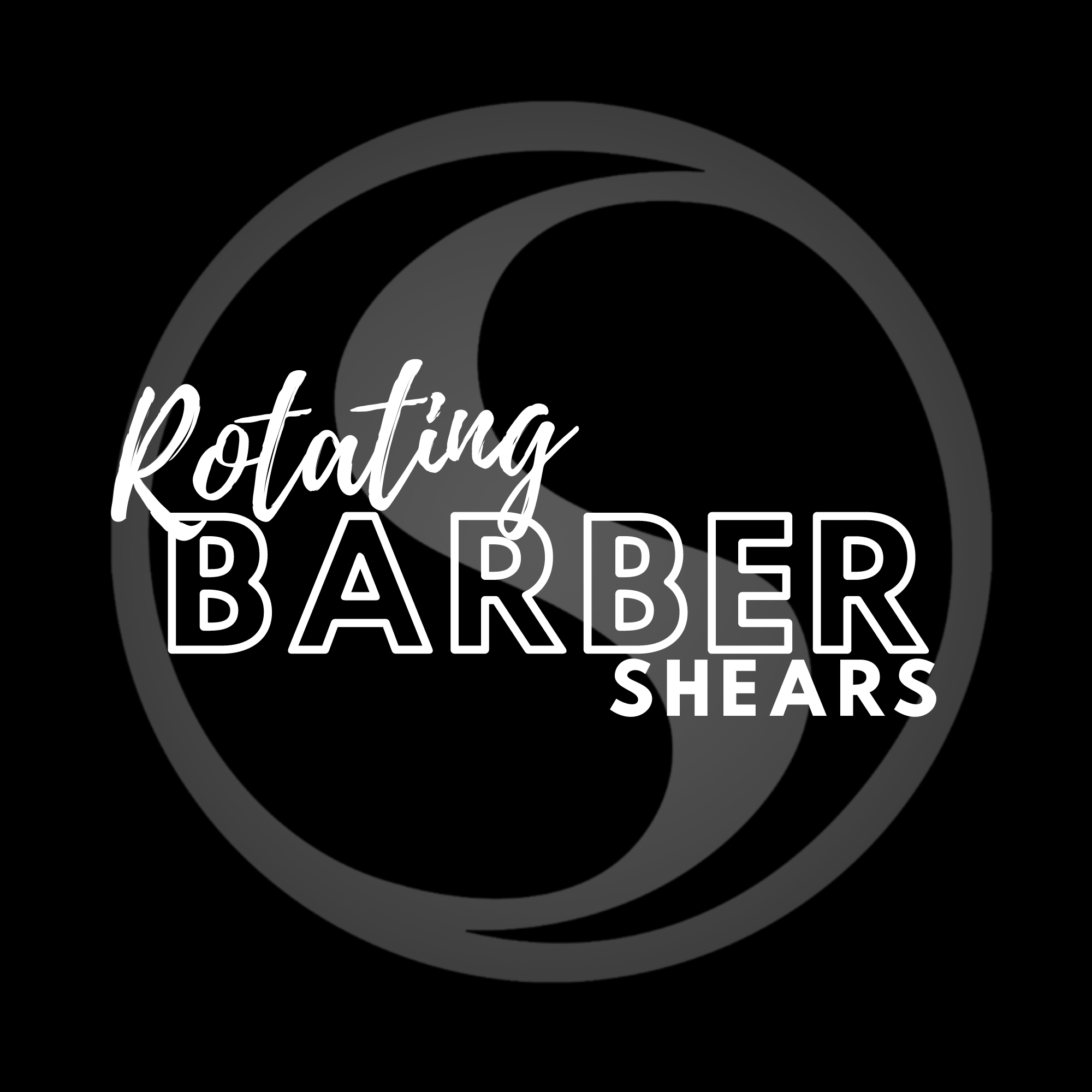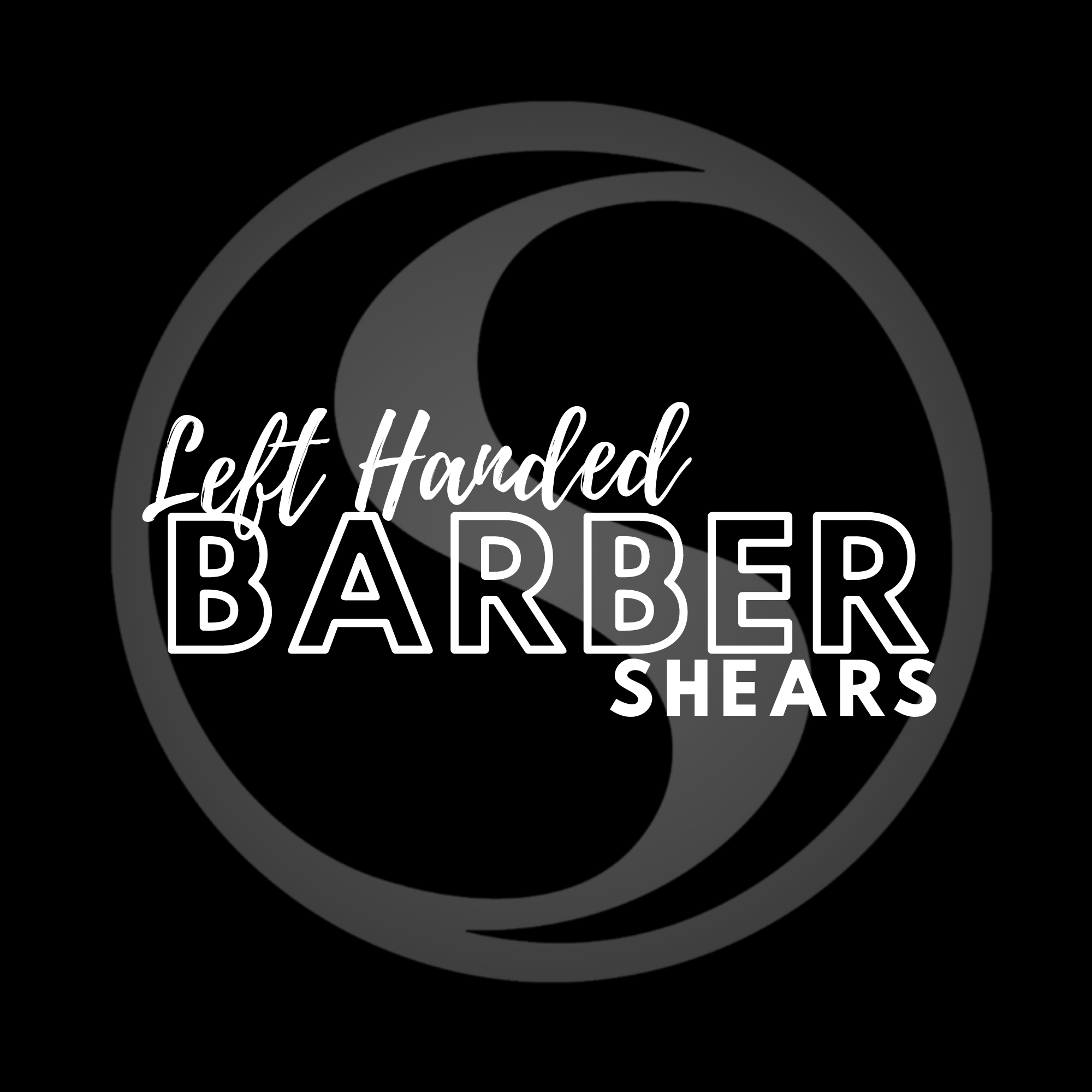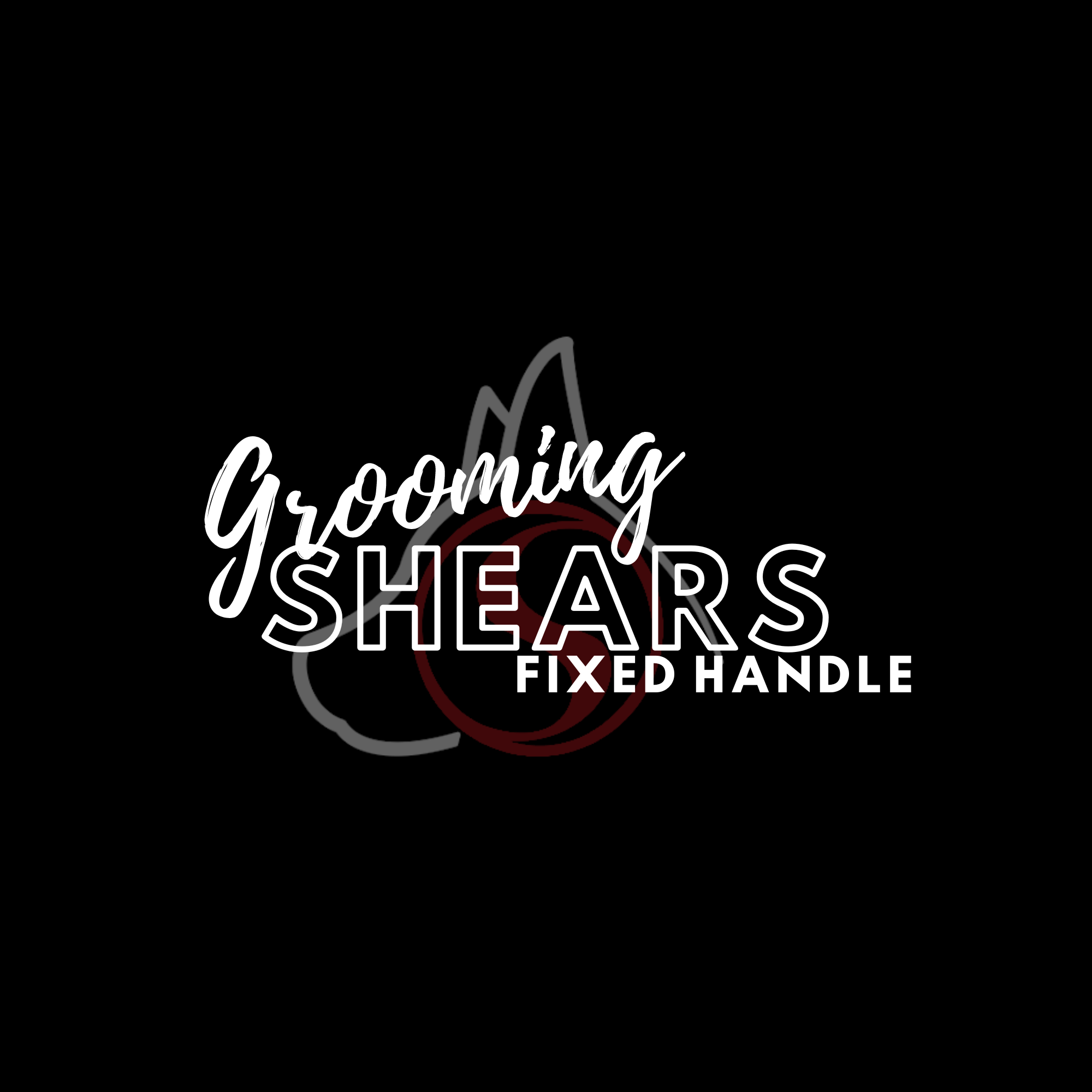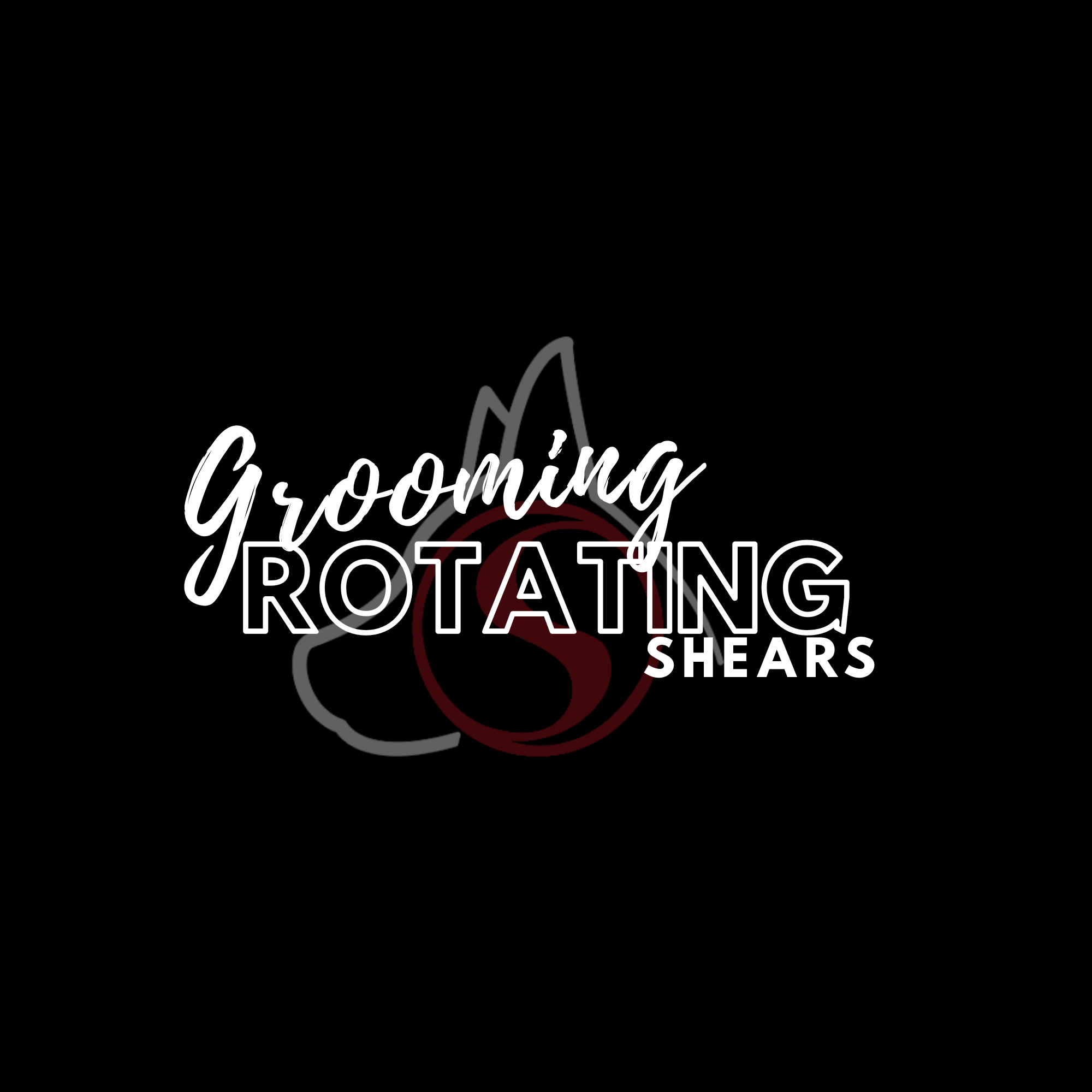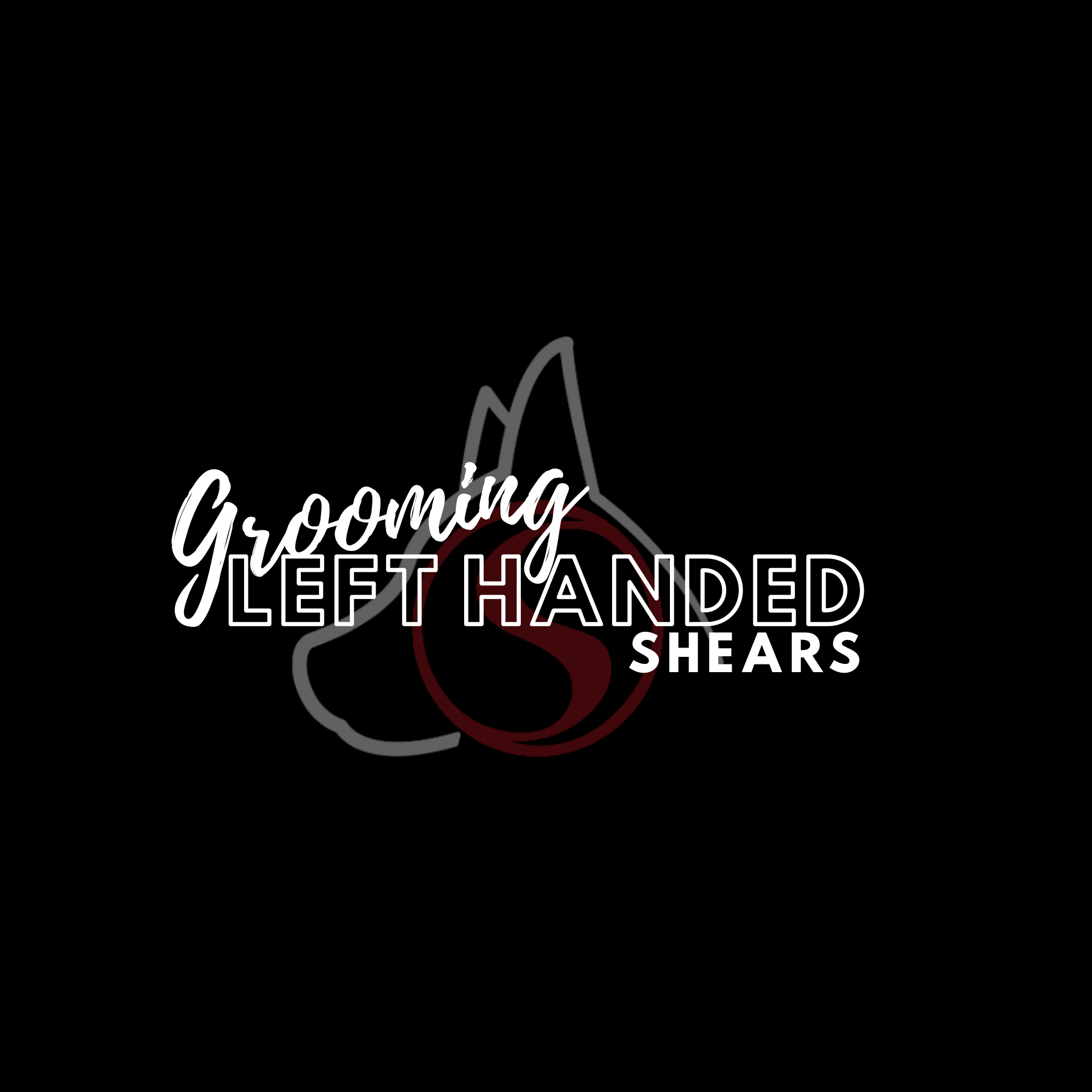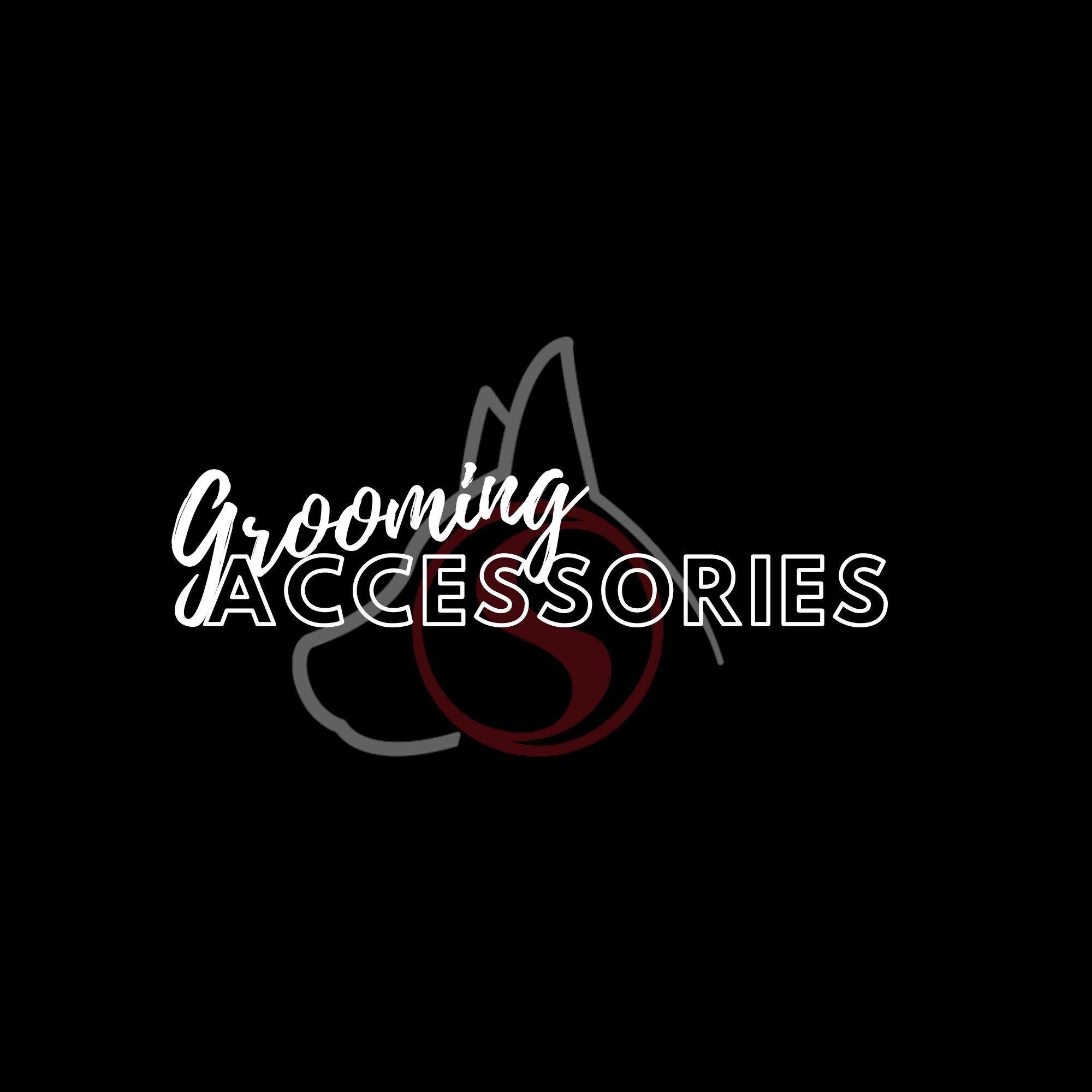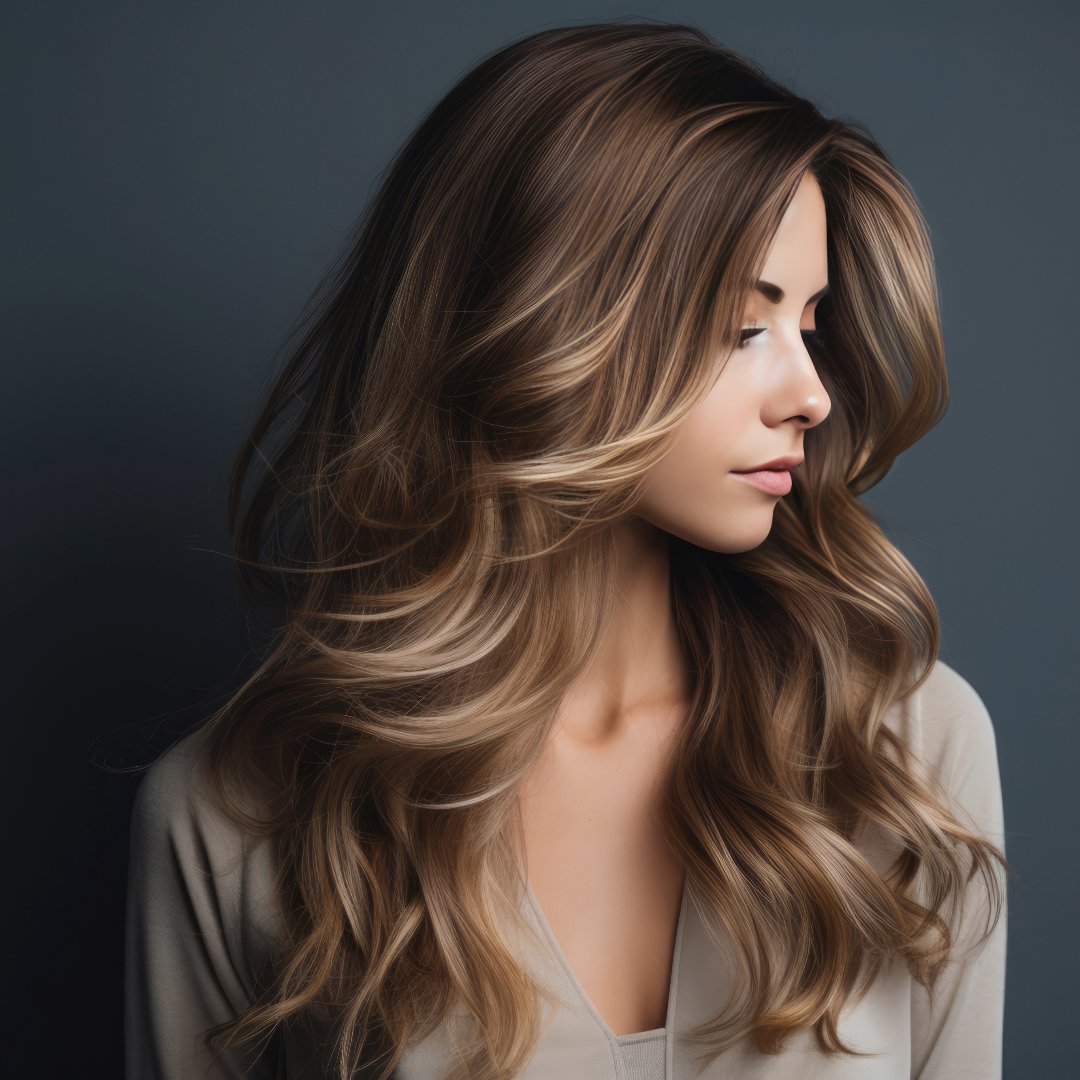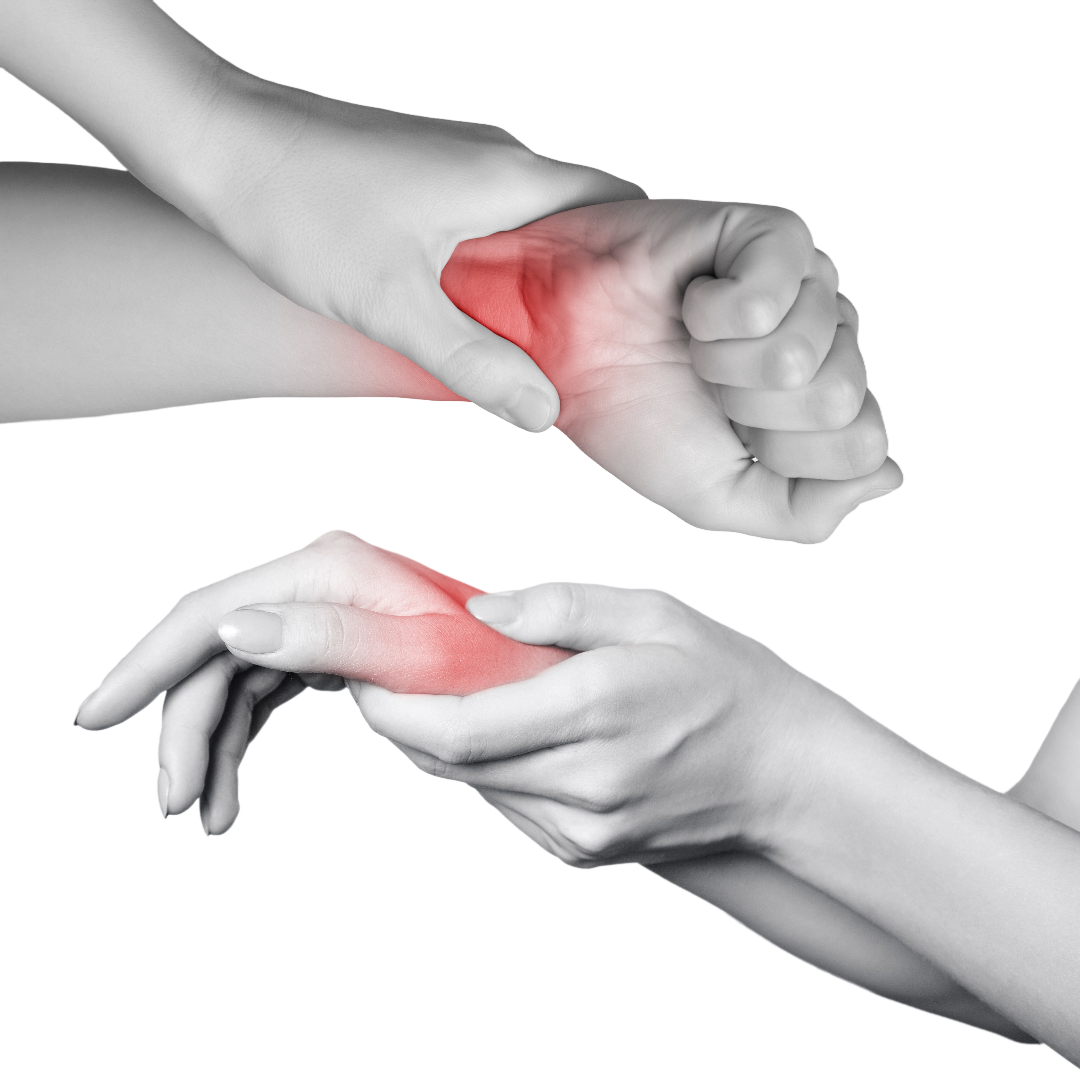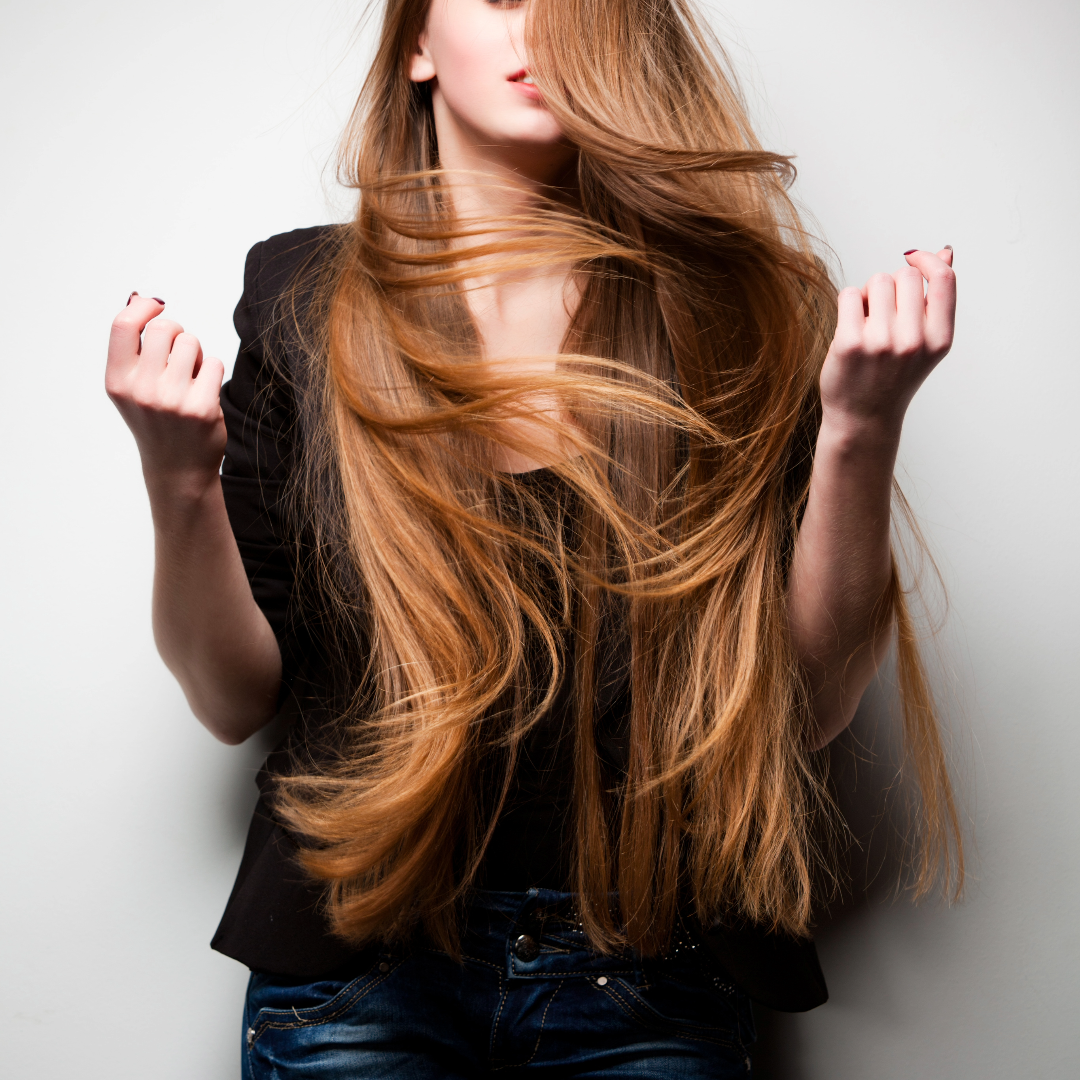What Handle Your Hair Cutting Shears Should Have
Every professional hairdresser knows that their comfort is essential to the quality and longevity of their career. Through thousands of clients, and a countless number of cuts, fluid hand motions are required to achieve the best possible results. Unfortunately, over time, these repeated movements can take their toll on a stylist’s hands, causing them to cramp up, swell, and even experience shooting pain through the carpel tunnel tendon. Because of this, ensuring the most comfortable fit is a crucial component of picking out their professional-grade hair cutting shears. Learn what handle your hair cutting shears should have so that you can put less strain on your hands and protect yourself.
The Opposing Grip
Opposing grip handles are characterized by their fully symmetrical look—down to the center screw. Both handle pieces are the same distance from the blades, which requires the hairdresser’s thumb and ring finger to be pulled back to the same point. This can be very uncomfortable for longer periods since the thumb’s central tendon will need to stretch to accommodate the extra distance. Although some stylists still use this design, it is not one that SENSEI recommends. There is a much higher rate of repetitive strain injuries like tendonitis or even Carpal Tunnel Syndrome for people using this older-style handle. The only time we do recommend opposing grip style handles is for Curved shears. This is because the symmetrical handle allows you to reverse the direction of the Curve. Our curved shears also have S-Shaped anatomic thumb holes, which help to expand the approach angles for the finger and thumb to reduce stress.
The Offset Handle
The offset handle, on the other hand, is a model that was more specifically designed with the stylist’s comfort in mind. For this purpose, the thumb side was shortened. This allowed the thumb to rest in a more natural position. However, it’s important to mention that these aren’t a complete fix as they still require the stylist to hold them in a raised elbow position for long periods of time. They also require more bending of the wrist to achieve classic much used cutting positions like shear over comb or palm to palm cutting.
The Crane Handle
Since the raised elbow position can also have painful effects on a person’s wrists and fingers, SENSEI introduced the Crane handle to counteract it. On these types of shears, the handle actually bends a bit downward from the blades. This seemingly slight change allows stylists to achieve most cutting positions with their elbow in a lower position. This saves a lot of stress on the shoulder and neck which normally do the work of lifting the elbow higher. It also allows a better approach when cutting on the skin. With the hand lower in relation to the blades, you can use more of the blade under the hair without elevating the hair to accommodate the hand. In short, you can cut cleaner and use more of the blade when cutting on the skin.
The Neutral Grip
When trying to decide what handle your hair cutting shears should have, it’s also important that you consider options that help remove tension from the hand. The neutral grip, or extended crane handle, allows the hand to relax a bit more by further shortening the thumb slot. This is the most natural position for the hand to be in, as it opens the hand to a more relaxed position when holding the shear. This essentially eliminates thumb strain
The Rotating Crane Handle
Similar to the neutral grip, the rotating crane also allows the hand to rest in an open position, making these shears another great option for general comfort. However, these models also come with a thumb handle pivot feature that gives the stylist freedom to achieve nearly all cutting positions without ever needing to lift their elbow or bend their wrist. Rotating crane handles are also known as swivel thumb shears and are the most preferred type of shear for quicker, more fluid, and more comfortable cuts.




